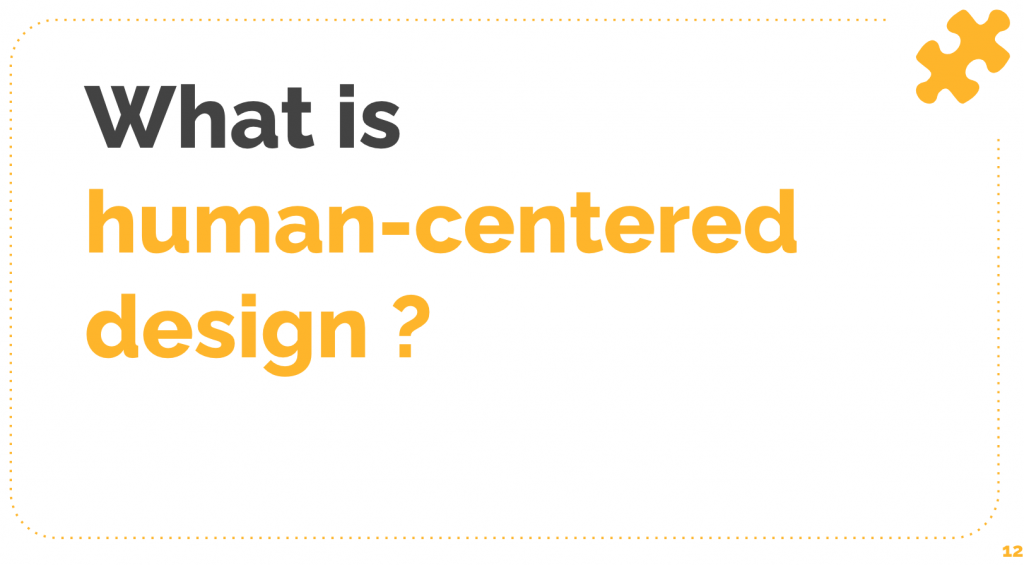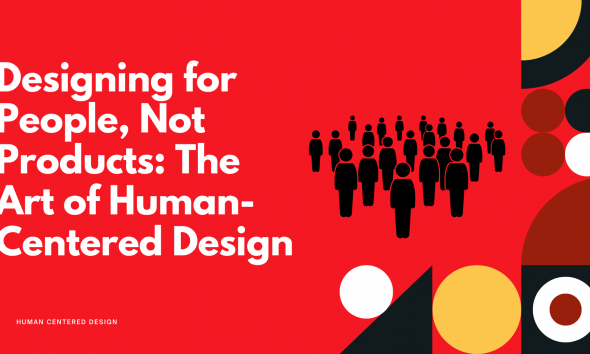From innovative solutions across industries, Africa is fully into its digital revolution. With the market size projected to reach $180 billion by 2025, possibilities for building impactful digital products are endless in this continent. But infrastructure gaps remain, cultures are very diverse, and there are differences in languages spoken, which create unique challenges for the region. And this is where design thinking starts to act as a critical differentiator and enabler of user-centric, scalable, culturally relevant product development.
What is Design Thinking?

Design thinking is a solution-focused framework that attempts to understand the needs of users, boosts innovation, and forms workable solutions. The main principles guiding this method include:
- Empathy: Will demonstrate understanding of the user's needs, challenges, and aspirations.
- Ideation: The generation of creative solutions through brainstorming.
- Prototyping: The creation of tangible descriptions of ideas.
- Testing: Smoothing out the product, incorporating user feedback.
In Africa, design thinking creates the room for adaptability in the very diverse and dynamic digital product landscape of the continent.
Key Benefits of Design Thinking in Africa
1. Empathy with Users
The crux of design thinking in empathy allows him to fully understand the African consumer of his developed product. It notably allows for the development of solutions to all pain points that users go through when they face poor availability of the Internet, among other accessibility issues such as language barriers, and thus be factored into how a solution best meets their needs.
2. Iterative Approach
Through rapid prototyping and testing, teams can quickly refine ideas. This agile approach is priceless in Africa's fast-moving markets, with a view to ensuring that products evolve in line with user feedback.
3. Collaboration Across Teams
Design thinking encourages collaboration across functions, fusing insights from designers, developers, marketers, and stakeholders. In Africa, where diverse perspectives are key to success, collaboration ensures products resonate with diverse user bases.
4. Flexibility in Development
African markets are in constant evolution. Design thinking allows teams to pivot and adjust to new challenges, making sure products stay relevant in changing conditions.
Case Studies of Successful Digital Products
1. M-PESA: Financial Inclusion
M-PESA is a mobile money platform that transformed financial services in East Africa by targeting the unbanked. Through design thinking, an approach to understand user behavior, M-PESA became a lifeline for millions of people as it enabled money transfers, bill payments, and savings through simple mobile interactions.

Courtesy of: Centre Of Global Equality
2. FarmDrive: Empowering Farmers
FarmDrive is a platform that connects Kenyan smallholder farmers with credit and bespoke advice. By applying empathetic research on the challenges farmers face, it has created a channel for connecting them to financial resources otherwise impossible to reach by rural communities.

Courtesy of: Farmdrive
3. Flutterwave: Seamless Payments
Flutterwave solved an important problem like cross-border payments in Africa and made the service user-friendly and less costly than earlier services offering the same type of transaction. Solving pain points that have been mostly connected to cross-border payment problems, the platform will surely find fans among businesspeople seeking different payment options around the globe.

The Landscape of Digital Products in Africa
The digital economy of Africa has been growing exponentially, driven by mobile penetration, improving internet connectivity, and a burgeoning middle class. Yet, challenges like limited infrastructure and fragmented markets persist.
Investment Opportunities in Africa's Digital Economy
A very young, highly tech-savvy population with a great enthusiasm for embracing novel digital solutions.
Growing smartphone penetration, access to mobile-first product unlocking.
Better collaboration with international ecosystems in technology.
Challenges in the Landscape
- Inconsistent internet access in rural areas.
- Limitations in funding for the startups.
- Language and cultural diversity make the process of user-centered design more complex.
Design Thinking for African Users
Designing for Africa requires deep insight into users within their unique contexts. Here is how design thinking helps in getting this:
1. Cultural and Linguistic Considerations
The diversity of Africa calls for localized solutions. Products have to take into consideration the regional languages, cultural practices, and varying levels of tech literacy.
2. Approaches to Effective User Research
- Conducting surveys and personal interviews with targets.
- Creation of user personas based on demographic insight.
- Observing real-world behavior to uncover unconscious needs.
3. Technological Diversity: Designing for
They also use technology very differently in Africa. While urban users might make full use of all the advanced features, the rural user derives immense benefit from very simple and light interfaces.
Co-creation and Involvement of Stakeholders
Design thinking puts much emphasis on co-creation with users and stakeholders in the development process. Techniques include:
- The sessions of brainstorming in collaboration with the users.
- Build prototypes with the suggestions provided by the users.
- Iterative testing to polish the solutions, keeping feedback in consideration.
- Scaling Digital Products in Africa
In other words, to scale successfully, companies have to:
- Adapt products to local market conditions.
- Partner with local businesses for prudent distribution.
Continuously re-engage users to learn about changing needs. Conclusion Design thinking is a powerful approach to building meaningful digital products for the growing market in Africa. Through empathy, collaboration, and flexibility, businesses can build solutions that unlock unique challenges of the users and more opportunities in the vibrant digital economy.



